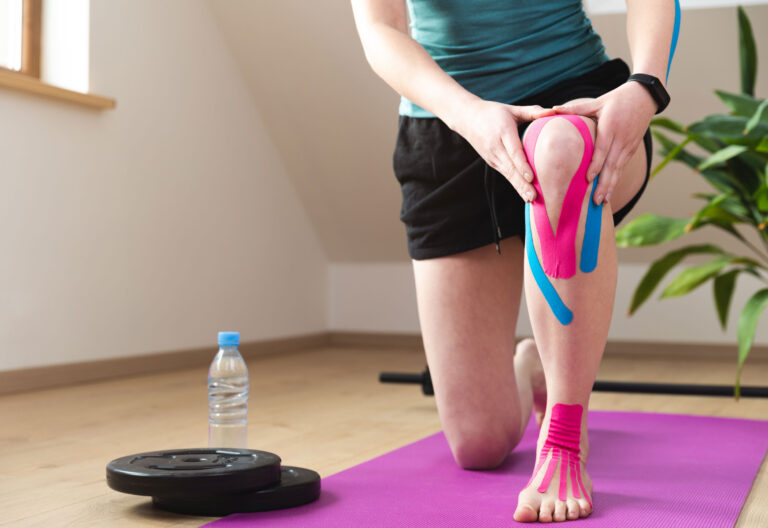Sports Physiotherapy
Sports Physiotherapy
Sports physiotherapy, also known as sports physical therapy, is a specialized branch of physiotherapy that focuses on the prevention, assessment, treatment, and rehabilitation of sports-related injuries and conditions. Sports physiotherapists work with athletes of all ages and levels, from recreational enthusiasts to professional athletes, to optimize performance, prevent injuries, and facilitate safe return to sports participation.
Here’s an overview of sports physiotherapy and its key components:
- Injury Prevention: Sports physiotherapists play a proactive role in preventing sports injuries by assessing athletes’ movement patterns, biomechanics, strength, flexibility, and conditioning. They provide education and guidance on injury prevention strategies, such as proper warm-up and cool-down techniques, flexibility training, strength and conditioning programs, equipment selection, and technique correction.
- Assessment and Diagnosis: When injuries occur, sports physiotherapists conduct thorough assessments to diagnose the nature and extent of the injury. This may involve physical examinations, movement analysis, functional assessments, and diagnostic imaging (such as X-rays, MRI, or ultrasound) to determine the underlying cause and severity of the injury.
- Treatment Planning: Based on the assessment findings, sports physiotherapists develop individualized treatment plans tailored to the athlete’s specific needs, goals, and sport-specific requirements. Treatment plans may include a combination of therapeutic exercises, manual therapy techniques, modalities (such as heat, ice, ultrasound, and electrical stimulation), and injury-specific interventions.
- Rehabilitation: Sports physiotherapists guide athletes through the rehabilitation process, helping them regain strength, flexibility, range of motion, and functional abilities following injury or surgery. Rehabilitation programs are progressive and goal-oriented, focusing on restoring optimal movement patterns, proprioception, balance, and sport-specific skills to facilitate safe return to sports participation.
- Sports-Specific Training: Sports physiotherapists incorporate sports-specific training into rehabilitation programs to prepare athletes for the demands of their sport. This may include sport-specific exercises, drills, and functional activities aimed at improving agility, speed, power, endurance, and neuromuscular control to enhance athletic performance and reduce the risk of re-injury.
- Return to Sport Assessment: Sports physiotherapists conduct comprehensive assessments to determine when athletes are ready to safely return to sports participation. This involves evaluating physical readiness, functional performance, biomechanics, movement quality, and psychological readiness to ensure athletes can return to play with reduced risk of re-injury.
- Injury Management and First Aid: Sports physiotherapists provide immediate injury management and first aid on the field or court, responding to acute injuries, strains, sprains, fractures, dislocations, and other sports-related emergencies. They assess the severity of the injury, provide appropriate treatment, and make decisions regarding further management and referral as needed.
- Performance Enhancement: In addition to injury management and rehabilitation, sports physiotherapists work with athletes to optimize performance and prevent injuries through evidence-based training programs, biomechanical analysis, and performance enhancement strategies. They may collaborate with coaches, strength and conditioning specialists, and other members of the sports medicine team to develop comprehensive performance enhancement programs.
Sports physiotherapy plays a crucial role in supporting athletes’ physical health, performance, and well-being throughout their athletic careers. By combining expertise in injury prevention, assessment, treatment, rehabilitation, and performance enhancement, sports physiotherapists help athletes stay healthy, perform at their best, and achieve their athletic goals


